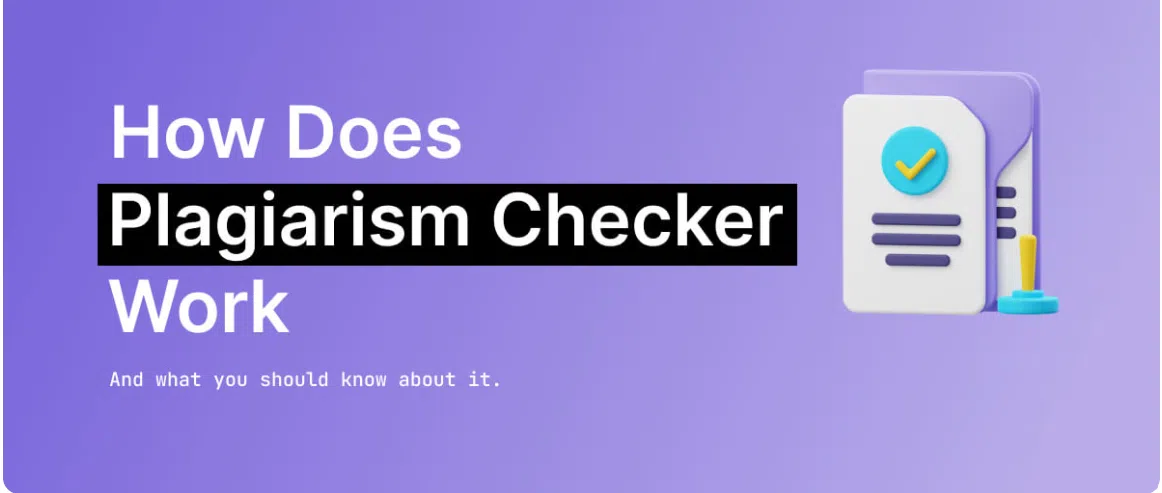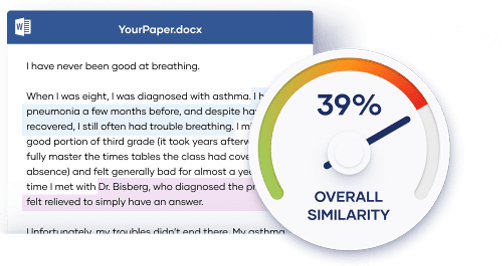Topic: How to Avoid Plagiarism in Research: Tips and Tools
Plagiarism is one of the most significant ethical issues in academic and professional research. It undermines a researcher’s credibility and can lead to severe consequences, including retraction of published work, damaged reputation, and even legal implications. In today’s interconnected and digitized academic world, how to avoid plagiarism in research has become a critical topic for all scholars. This article provides insights into how you can avoid plagiarism in your research, its implications, and practical strategies to maintain scholarly integrity.

Understanding Plagiarism
Plagiarism is the act of using someone else’s intellectual property—whether ideas, words, or findings—without proper acknowledgment. This can occur intentionally or unintentionally, making it imperative for researchers to understand what constitutes plagiarism. Common types include:
- Direct Plagiarism: Copying text verbatim without quotation marks or citation.
- Self-Plagiarism: Reusing one’s previously published work without proper acknowledgment.
- Mosaic Plagiarism: Incorporating phrases from a source without proper citation, even if reworded.
- Accidental Plagiarism: Failing to cite sources correctly due to negligence or ignorance.
For instance, a direct plagiarism example involves copying sentences from a paper without credit, while a mosaic plagiarism example occurs when rephrased content lacks citation. Self-plagiarism can occur when a student submits the same paper or parts of it for different assignments without proper disclosure. Accidental plagiarism might happen if a writer forgets to cite a source or incorrectly paraphrases a text, unintentionally retaining too much of the original structure. Understanding these categories is vital for avoiding plagiarism in academic writing.
The Consequences of Plagiarism
The consequences of plagiarism can be far-reaching, encompassing academic, professional, and even legal repercussions. In academia, it can result in loss of degrees, revocation of research grants, or dismissal from institutions. Journals often retract plagiarized articles, which tarnishes the researcher’s reputation and diminishes trust in their future work. On a broader scale, plagiarism undermines the integrity of the scientific community and erodes public trust in research.
In some cases, legal actions may be taken against individuals accused of copyright infringement, leading to fines or lawsuits. Therefore, understanding how to avoid plagiarism is both a professional responsibility and an ethical obligation. Moreover, the effects of plagiarism on students extend beyond academia, affecting career prospects and trustworthiness. Addressing what percentage of plagiarism is acceptable often depends on institutions, but it is generally recommended to keep similarity below 10%.

Tips to Avoid Plagiarism
Avoiding plagiarism requires a combination of ethical commitment, diligent practices, and effective use of tools. Here are several actionable strategies to avoid plagiarism:
- Develop Strong Research Skills
Good research practices are the foundation of plagiarism-free work. This includes organizing notes, keeping track of sources, and understanding the research topic thoroughly. Maintaining a detailed bibliography during the research process ensures that all sources are properly documented, reducing the risk of accidental plagiarism. Keeping a detailed bibliography during the research process is essential to avoid plagiarism in research. - Understand Proper Citation Practices
Citations are essential for acknowledging the work of others. Master the citation style required by your discipline, such as APA or MLA. Proper citation in research includes quoting, paraphrasing, and creating comprehensive reference lists. This ensures strategies to avoid plagiarism are implemented correctly.
Key citation practices include:
- Quoting directly with proper attribution.
- Paraphrasing effectively while retaining the original meaning and citing the source.
- Including a comprehensive bibliography or reference list.
- Paraphrase Effectively
Paraphrasing is rephrasing another author’s ideas in your own words. Effective paraphrasing skills require understanding the source material thoroughly and presenting it in a new and original way. However, even paraphrased content must be cited, as the ideas belong to the original author. Tools like Purdue OWL provide guidance on paraphrasing rules to enhance originality. - Use Plagiarism Detection Tools
Modern technology offers numerous tools to identify and prevent plagiarism. These tools compare a document against vast databases to detect similarities and ensure originality. Plagiarism checker tools include:
- Turnitin AI Checker: Widely used in academia, Turnitin provides detailed reports on text similarity and originality.
- Grammarly’s Plagiarism Checker: This tool highlights unoriginal text and suggests corrections.
- Copyscape: Often used by content creators to ensure uniqueness in web content.
- Quetext: A user-friendly tool offering in-depth plagiarism analysis.
These tools are invaluable for verifying originality in academic writing.
- Stay Updated on Copyright and Fair Use Laws
Understanding copyright laws and the principles of fair use is crucial for avoiding unintentional violations. Researchers must differentiate between what constitutes public domain content and copyrighted material. For example, data and facts that are considered common knowledge may not require citation, while proprietary data always does.
For more on copyright, visit U.S. Copyright Office. - Conduct Original Research
Engaging in original research, such as experiments or surveys, minimizes reliance on secondary sources and helps you learn how to avoid plagiarism in your research practically. Properly documenting methodologies and findings further strengthens the credibility of the research. - Seek Guidance and Peer Review
Collaborating with mentors, colleagues, or editors can provide valuable insights and catch unintentional oversights. Peer review not only enhances the quality of research but also ensures adherence to ethical standards.
Addressing Current Debates on Plagiarism
The academic community continues to debate the nuances of plagiarism, particularly in light of technological advancements and cultural differences. For instance, machine-generated text from AI tools has sparked discussions on authorship and originality. While AI can assist researchers, over-reliance on these tools may lead to ethical concerns if proper credit is not given.
Avoiding plagiarism in academic writing requires understanding and addressing cultural perceptions, which vary globally. In some regions, the concept of intellectual property may differ, leading to unintentional breaches. Addressing these disparities requires global academic institutions to implement standardized ethical guidelines and provide training on avoiding plagiarism in academic writing.
Practical Implications for Researchers
Avoiding plagiarism is not just about compliance; it is about fostering a culture of integrity and respect for intellectual contributions. Researchers who prioritize originality contribute to the advancement of knowledge while setting a positive example for peers and future generations.
Additionally, adhering to anti-plagiarism practices enhances the credibility of research and increases the likelihood of publication in reputable journals. This, in turn, bolsters academic and professional recognition, opening doors to collaboration and funding opportunities.
Conclusion
Plagiarism is a pressing issue in research, with significant ethical, academic, and legal ramifications. By understanding its implications and adopting effective prevention strategies, researchers can ensure the integrity of their work and contribute meaningfully to their fields. From developing strong research skills to leveraging advanced plagiarism checker AI tools, every step plays a crucial role in maintaining scholarly authenticity. In the words of Isaac Newton, “If I have seen further, it is by standing on the shoulders of giants.” Recognizing and crediting those giants is not just an academic requirement—it is an ethical imperative.
For further reading and tips to avoid plagiarism, visit trusted academic resources like the Committee on Publication Ethics (COPE) and Purdue Online Writing Lab (OWL). These platforms provide comprehensive insights into how to avoid plagiarism in research and emphasize the importance of proper citation practices in upholding the highest standards of academic excellence.
We also provide services to assist you in maintaining academic integrity, such as plagiarism checking, content writing, and proper citation guidance. Contact us today to learn more about how we can help you excel in your academic and professional endeavors.



